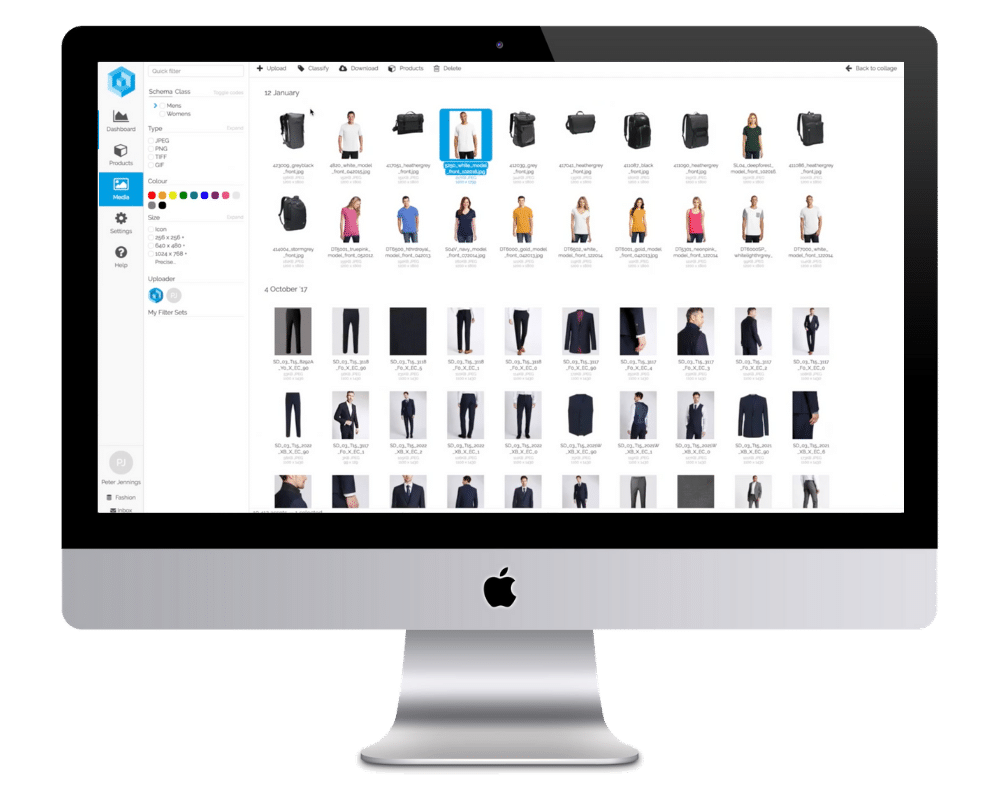Key Takeaways:

-
Customers are influenced by a mix of personal preferences, external stimuli, emotional needs, and practical concerns when making purchase decisions.
-
Businesses that understand these influences can better position their products, tailor their messaging, and boost conversion rates.
-
Streamlining choices, creating trust, and aligning with customer values are critical for influencing purchasing behavior.
What Are Consumer Purchasing Decision Factors?
The term “consumer purchasing decision factors” refers to the range of internal and external elements that influence a person’s decision to buy a product or service. These can include emotional needs, social cues, habits, perceptions, price sensitivity, and product availability.
These decisions aren’t always rational. In fact, much of the decision-making process happens subconsciously. A shopper might tell you they chose a product because it was the best value—but dig deeper, and you might find that brand familiarity, design appeal, or a friend’s recommendation played a bigger role.
Use Cases
Let’s say someone is buying a new water bottle. Their final choice might be driven by:

-
A strong review from a friend (social influence)
-
A lower price compared to competitors (economic factor)
-
Eco-friendly packaging (personal values)
-
An easy-to-navigate website (convenience)
Each of these factors contributes to the final decision—and no two shoppers are exactly alike.
Why It Matters for Brands and Retailers
Challenge #1: Consumers Are Overwhelmed by Choice
Today’s consumers are faced with a dizzying array of options for even the simplest products. From dozens of coffee brands to hundreds of similar phone chargers, this abundance of choice can lead to confusion, hesitation, or even buyer’s remorse.
Solution: Reduce Friction and Build Confidence
When brands simplify the buying journey—through clear product information, trusted reviews, and smooth digital experiences—they help consumers make decisions faster and with more confidence. Highlighting what sets a product apart, without overwhelming with too many options, is often more effective than offering every possible variant.
If you manage a large number of SKUs, having a central system like a Product Information Management (PIM) platform ensures your product data stays consistent and customer-friendly across every touchpoint.
Key Factors That Drive Purchasing Behavior
1. Psychological Triggers
Emotions, attitudes, and perception play a powerful role in shopping behavior. Consumers might associate certain colors, words, or imagery with trust or excitement. Past experiences also shape current choices—if someone had a good experience with your product before, they’re more likely to return.
Brands can tap into these triggers by using messaging that resonates with how consumers want to feel. “Safe,” “confident,” “stylish,” “responsible”—these emotional states often guide purchase decisions more than technical specs.
2. Social Influence

Consumers are social by nature. We often look to others—friends, influencers, or online reviews—for validation before making a purchase. If a product is popular, recommended, or associated with a community we identify with, we’re more likely to try it ourselves.
That’s why user-generated content, influencer partnerships, and social proof matter. When a shopper sees people they trust using and loving your product, they’re more inclined to believe it’s worth their money.
3. Personal Needs and Lifestyle
Where someone lives, how they spend their time, their age, income level, and interests all affect what and how they buy. A college student shopping on a budget will look for different features than a parent shopping for their child or a retiree seeking premium comfort.
Understanding your target customer’s lifestyle helps tailor not only the product but also the messaging and shopping experience.
4. Price and Perceived Value
One of the most obvious influences is price—but not always in the way you might think. Consumers don’t just look for the cheapest option. They weigh the price against perceived value.
For some, that means durability or status. For others, it’s convenience or sustainability. When brands clearly communicate what makes their product worth the price, they’re more likely to win over skeptical or cost-conscious shoppers.

Price perception also plays a big role in product returns. Brands that fail to match expectations often see higher return rates—a challenge that can be minimized by reducing returns through better product content.
5. Convenience and Availability
Even the best product can lose out if it’s hard to find, difficult to order, or out of stock. Convenience—whether through easy online checkout, fast delivery, or a user-friendly store layout—plays a major role in whether someone goes through with a purchase.
Modern consumers expect a seamless experience, especially online. Brands that make buying easier stand a much better chance of turning browsers into buyers.
Real-World Example: Grocery Shopping Behavior
Imagine a shopper choosing between two jars of pasta sauce:
-
Jar A is from a well-known brand, a bit pricier, and has a “sugar-free” label.
-
Jar B is cheaper and has flashier packaging but no nutrition highlights.
The shopper recently started eating healthier and saw a friend post about Jar A on social media. Despite the higher price, they go with Jar A—because it aligns with their current goals, social influences, and health priorities.
This simple decision reflects the complex mix of emotional, social, and practical factors that influence nearly every consumer purchase.
How to Use These Insights in Your Marketing
Understanding what drives purchasing decisions allows brands to meet consumers where they are—not just with the right product, but with the right message and experience.
Here’s how you can use these insights:
-
Speak to emotional and social values: Use stories and visuals that reflect how your audience sees themselves or wants to feel.
-
Simplify the path to purchase: Eliminate friction in product discovery, comparison, and checkout.
-
Build trust with proof: Use reviews, ratings, and testimonials to validate your claims.
-
Adapt based on context: Align product positioning with the current economic climate, season, or buyer intent.
Some brands even go a step further by using AI to predict the perfect product to increase CLV, ensuring each customer sees offers that match their needs and likelihood to convert.
FAQs
Q: Are emotional factors more important than logical ones when it comes to purchases?
A: Both matter, but emotional factors often take the lead. Consumers justify purchases logically, but they’re typically driven by how a product makes them feel—secure, stylish, smart, or connected.
Q: How can businesses influence purchasing decisions without being manipulative?
A: Transparency, relevance, and respect are key. Rather than using pressure tactics, focus on delivering value, solving real problems, and aligning with your customers’ lifestyle and goals.
Takeaways for Businesses Looking to Influence Buyers
To summarize: purchasing decisions aren’t just about need or cost. They’re shaped by a blend of emotional, social, practical, and personal factors. When businesses understand this, they can create experiences that speak directly to what customers care about.
That might mean simplifying a website, adjusting pricing, changing product descriptions, or doubling down on social proof. Small adjustments, when guided by buyer behavior, can lead to big gains in customer trust, satisfaction, and sales.












